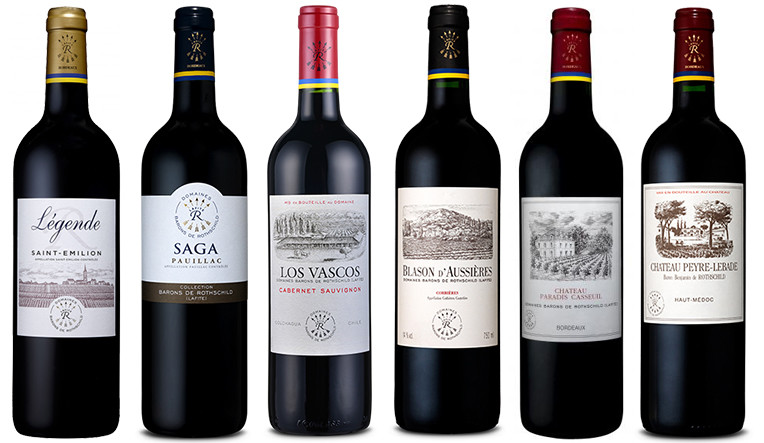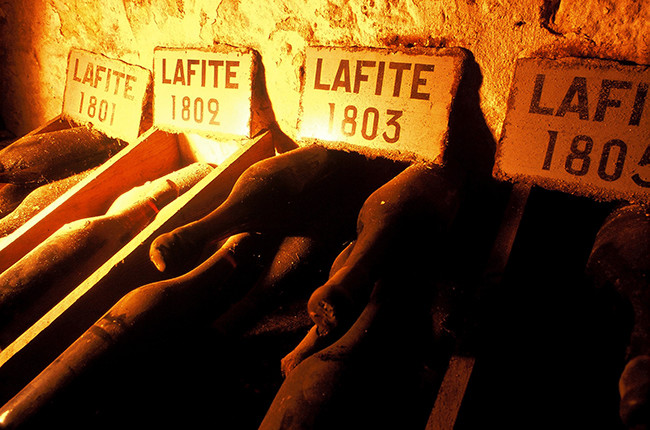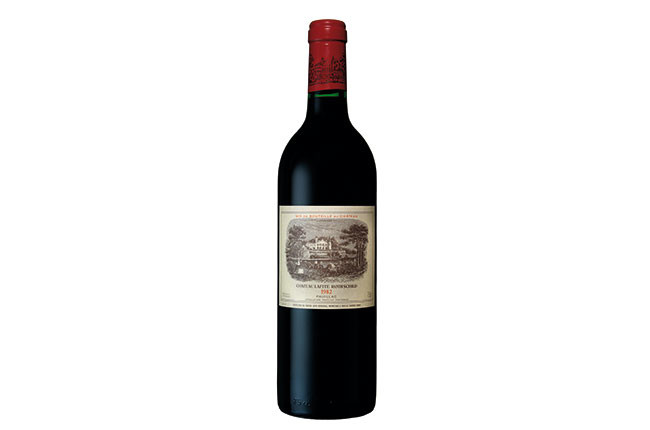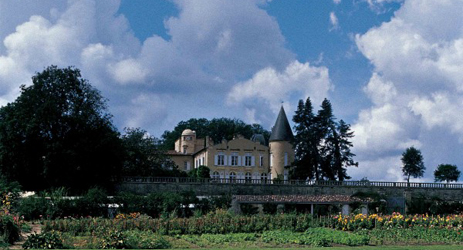This curiously geeky and arcane question was posed at a magnificent and memorable dinner at the Pauillac First Growth held earlier this month to celebrate the 150th anniversary of the purchase of Lafite by Baron James de Rothschild in 1868.

Carruades, the 'second wine' of Lafite Rothschild. Credit: Frank Tschakert / Alamy
Lafite, comprising 74ha in 1868, had been put under public sale earlier that year.
Baron James, from the French branch of the family, had to bid against a powerful group of negociants, who pushed him to pay a very high price for Lafite.
Sadly though, he had little opportunity enjoy his acquisition. He died less than three months later and the property passed to his three children, Alphonse, Gustave and Edmond.
The story of the purchase was told by James’ great-great grandson, the current Baron Eric de Rothschild who has overseen Lafite with great distinction since 1973.
Significantly, Baron Eric co-hosted the dinner for 350 in Lafite’s imposing barrel cellar, with his daughter Saskia who at 31, has just taken over as the chatelaine of Lafite and as chairman of its portfolio of wine estates – in France, Chile and China, Domaines de Barons Rothschild (Lafite).
As previously reported by Decanter.com, her succession marks a major generational changing of the guard at DBR.
A couple of years ago Eric Kohler took over from long time winemaker Charles Chevalier. And most recently, Jean-Guillaume Prats (formerly of Cos d’Estournel and LVMH’s wine estates group) now occupies the post previously held by Christophe Salin.
At the celebratory dinner, we didn’t taste anything like the number of library vintages which my colleague Jane Anson enjoyed, and subsequently wrote up for Decanter Premium members.
But we did enjoy some truly glorious Lafites, beginning with a trio of classics ending in ‘9’.
First up was a sumptuously elegant 2009 vintage, followed by a powerfully structured and still youthful 1989.
Then came the star of the show in the form of the truffley thoroughbred 1959, still firmly in its pomp. And just to prove Lafite’s legendary ageability, we finished with a centenarian from the cellar – the 1918 no less.
Intriguingly though, that wasn’t the final wine. Instead, that honour fell to a mystery wine which was served blind.
‘What I’d like each table to do,’ said the Baron, ‘is to try and identify what the wine is. All I will tell you is that it isn’t a Lafite.’
The wine was clearly ancient – certainly much older than the 1918.
My random guess was an 1890 Duhart Milon. But in the end our table plumped for an 1868 Cos d’Estournel by virtue of the fact that Cos is Lafite’s neigbour and because it certainly looked 150 years of age.
Of course, it was neither.
Instead, Baron Eric finally revealed that it was an 1875 Carruades, explaining that the plots of vines on the Carruades plateau to the west of the Château had been acquired by Lafite in 1845.
However, the vines were not incorporated into the estate until the beginning of the 20th century, making it a Carruades that didn’t come from Lafite.
Did anyone get remotely close? Yes, they did. Incredibly, one table managed to nail both the wine and vintage. But quite how they managed it, I still have no idea….
Carruades de Lafite Rothschild at a glance
Average production: 20,000 cases
Ageing: 18 to 20 months, 80% in oak, with 10% new oak
Composition: 50 to 70% Cabernet Sauvignon, 30 to 50% Merlot and Cabernet Franc and Petit Verdot 0 to 5%, depending on the vintage
Translated by Leo / 孔祥鑫
All rights reserved by Future plc. No part of this publication may be reproduced, distributed or transmitted in any form or by any means without the prior written permission of Decanter.
Only Official Media Partners (see About us) of DecanterChina.com may republish part of the content from the site without prior permission under strict Terms & Conditions. Contact china@decanter.com to learn about how to become an Official Media Partner of DecanterChina.com.








Comments
Submit